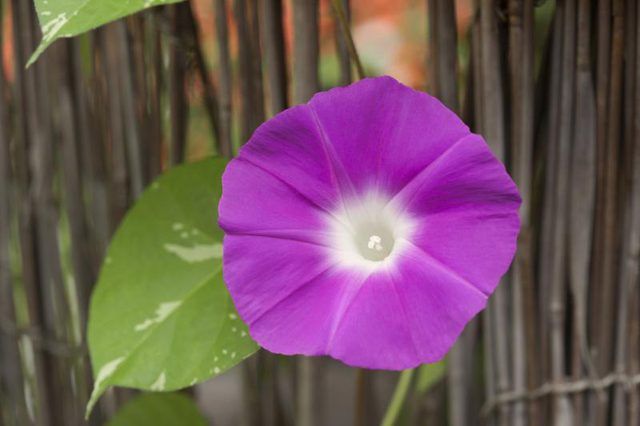Bulbs
Flower Basics
Flower Beds & Specialty Gardens
Flower Garden
Garden Furniture
Garden Gnomes
Garden Seeds
Garden Sheds
Garden Statues
Garden Tools & Supplies
Gardening Basics
Green & Organic
Groundcovers & Vines
Growing Annuals
Growing Basil
Growing Beans
Growing Berries
Growing Blueberries
Growing Cactus
Growing Corn
Growing Cotton
Growing Edibles
Growing Flowers
Growing Garlic
Growing Grapes
Growing Grass
Growing Herbs
Growing Jasmine
Growing Mint
Growing Mushrooms
Orchids
Growing Peanuts
Growing Perennials
Growing Plants
Growing Rosemary
Growing Roses
Growing Strawberries
Growing Sunflowers
Growing Thyme
Growing Tomatoes
Growing Tulips
Growing Vegetables
Herb Basics
Herb Garden
Indoor Growing
Landscaping Basics
Landscaping Patios
Landscaping Plants
Landscaping Shrubs
Landscaping Trees
Landscaping Walks & Pathways
Lawn Basics
Lawn Maintenance
Lawn Mowers
Lawn Ornaments
Lawn Planting
Lawn Tools
Outdoor Growing
Overall Landscape Planning
Pests, Weeds & Problems
Plant Basics
Rock Garden
Rose Garden
Shrubs
Soil
Specialty Gardens
Trees
Vegetable Garden
Yard Maintenance
Does a Sweet Potato Vine Produce Potatoes?
Does a Sweet Potato Vine Produce Potatoes?. Sweet potato plants (Ipomoea batatas) are vines of tropical origin that thrive in hot weather. All varieties of the sweet potato produce edible tubers. **Some varieties have been bred for colorful foliage, and are sold as ornamental plants -- however, their tubers have an off taste that makes them...

Sweet potato plants (Ipomoea batatas) are vines of tropical origin that thrive in hot weather. All varieties of the sweet potato produce edible tubers. Some varieties have been bred for colorful foliage, and are sold as ornamental plants -- however, their tubers have an off taste that makes them unpalatable as food. Other varieties produce good-tasting tubers and are grown as vegetables. Sweet potatoes grow from slips, which are sprouts from last year’s stored sweet potato tubers.
Trailing Vines
Sweet potatoes are native to Central and South America, but in the U.S. they thrive as perennials in U.S. Department of Agriculture plant hardiness zones 9 through 11. Ornamental and edible sweet potatoes can also be planted as annuals as far north as USDA zones 3 or 4. The tubers grow long trailing vines that make the ornamental varieties suitable for growing in planters or hanging baskets. Ornamental varieties also can be grown in flower beds as an attractive ground cover. Ornamental cultivars include "Sweet Caroline" with burgundy leaves, "Margarita" with bright chartreuse leaves and "Blackie" with burgundy-black leaves. The "Sweet Caroline" variety comes in a range of light to dark leaf colors and differing leaf shapes.
Proper Storage
Ornamental sweet potato cultivars as well as varieties meant for eating must be cured before putting them into winter storage. The curing process will also help heal any bruises from digging them up. Cure freshly harvested sweet potatoes by placing them in a dim room kept at 85 degrees Fahrenheit and 90 percent humidity for a week. After curing, store your sweet potatoes in boxes or bins in a dry, dark place where temperatures will stay around 55 to 60 degrees Fahrenheit. Avoid sub-freezing temperatures. Possible locations include an unheated attached garage, a basement area or the coolest part of your residence.
Start Your Slips
Start growing slips from your stored ornamental or edible sweet potatoes about 8 to 10 weeks before your last frost date. Stick four toothpicks around the circumference of a sweet potato about a third to halfway down its length. Fill a glass or jar with water and set the potato in the water so it is propped up with the toothpicks. Place the potato in a warm, sunny spot and wait for the slips to sprout and grow roots, which takes about 6 weeks.
Transfer to Pots
When a slip reaches about 6 inches long, cut it off about a 1/4-inch from the parent potato. Trim leaves from the bottom 4 inches of the slip, but leave any roots that have developed. Plant the trimmed end in a flower pot filled with well-drained sandy loam soil. Place the pot in a warm, bright location and keep the soil moist. Once the slips develop a strong root system and all danger of frost has passed, transplant ornamental varieties outdoors to a flower bed or larger pot, and transplant edible varieties to a vegetable garden. Beware of late frosts. Frost kills sweet potatoes.
Underground Producer
Sweet potato vines produce their potatoes underground, rather than on the vines that grow above ground. The varieties grown as vegetables will produce mature sweet potatoes ready to be dug up in 95 to 150 days after the slips are set out in the garden. With ornamental and edible varieties, the foliage starts to turn yellow when the tubers in the soil are ready to be harvested. Dig up the sweet potatoes before the first frost.